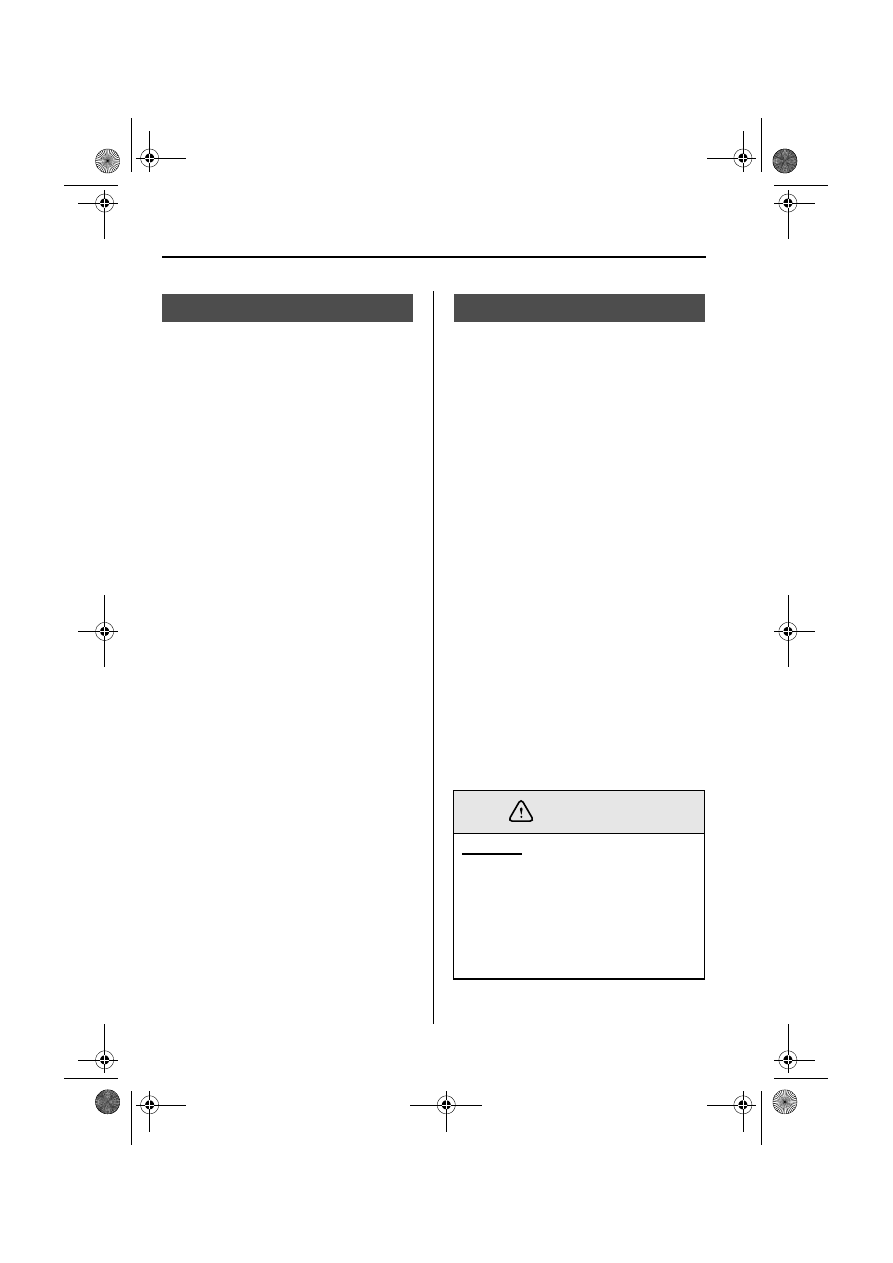Mazda Millenia (2002 year). Instruction - part 5

4-6
Before Driving Your Mazda
Driving Tips
No special break-in is necessary, but a few
precautions in the first 1,000 km (600
miles) may add to the performance,
economy, and life of your Mazda.
• Don’t race the engine.
• Don’t maintain one constant speed for
long.
• Don’t drive constantly at full-throttle or
high engine rpm for extended periods
of time.
• Avoid unnecessary hard stops.
• Avoid full-throttle starts.
How you operate your Mazda determines
how far it will travel on a tank of fuel. Use
these suggestions to help save money on
fuel and repairs.
• Avoid long warm-ups. Once the engine
runs smoothly, begin driving.
• Avoid fast starts.
• Keep the engine tuned. Follow the
maintenance schedule (page 8-3) and
have an Authorized Mazda Dealer
perform inspections and servicing.
• Use the air conditioner only when
necessary.
• Slow down on rough roads.
• Keep the tires properly inflated.
• Don’t carry unnecessary weight.
• Don’t rest your foot on the brake pedal
while driving.
• Keep the wheels in correct alignment.
• Keep windows closed at high speeds.
• Slow down when driving in crosswinds
and headwinds.
Break-In Period
Money-Saving Suggestions
Coasting:
Turning off the engine to coast down
a hill is dangerous. This causes the
loss of power steering and power
brake control. Any loss of steering or
braking control could cause an
accident. Never turn off the engine
and coast down a hill.
WARNING